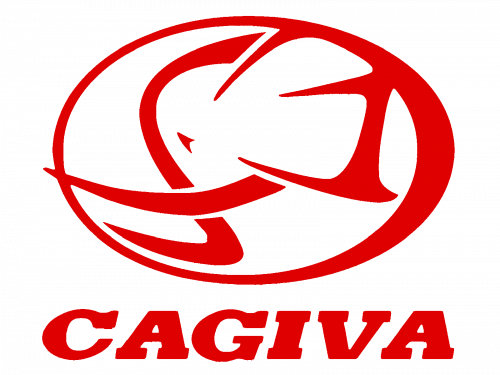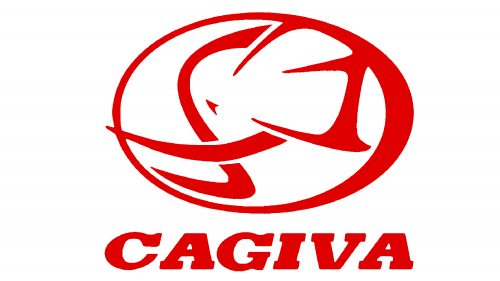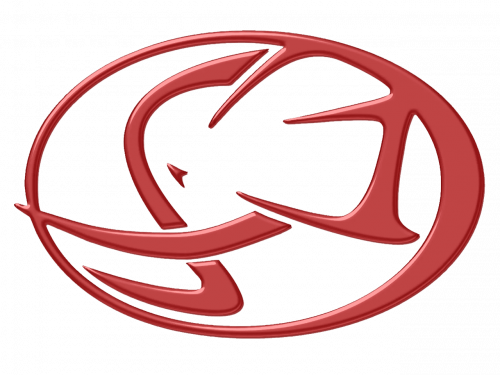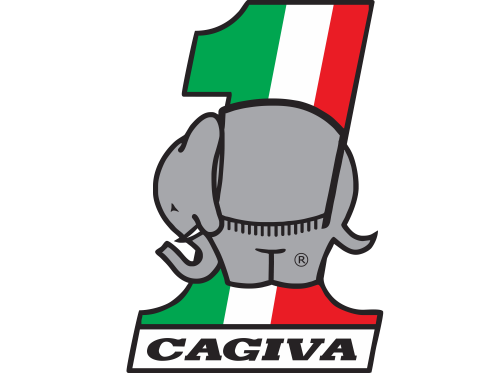Founded: 1978
Founder: Giovanni Castiglioni
Headquarters: Varese, Italy
Official website: www.cagiva.it
Cagiva is the name of an Italian motorcycle manufacturer, widely known on the European and international markets since 1978. The Castiglioni brothers, who bought the factory from Harley-Davidson, named their brainchild after their father, Castiglioni Giovanni of Varese, making up Cagiva from the first syllables.
Motorcycle History
The Cagiva brand traces its history back to 1978 when the Castiglioni brothers bought the Italian branch of Harley-Davidson. One of the first loud Cagiva models was WMXX 125, which became the pioneering cross bike with a water-cooled engine.
In 1985 and 1986 Cagiva riders won the world motocross championship in the 125 CC class. The 1980s were a true golden age for Cagiva – sales grew exponentially and the company became a concern, joining Ducati in 1985, Husqvarna and Moto Morini in 1987, the Czech brand CZ a few years later.
The same fate was in store for the MV Agusta brand – it was acquired by Cagiva in the middle of the 1980s. However, despite all the mergers and acquisitions, things started getting worse, and at the end of the 1990s, Cagiva sells Ducati and, almost on the verge of bankruptcy, changes its name to MV Agusta Motor S.p.a.
Though a wide range of motorcycles continues to be produced under the Cagiva brand. In 1999, the company began production of scooters Cagiva Nuvola with 124 CC four-stroke engine. In the same year, a series of motorcycles with 996 CC twin-cylinder V-type engine road-sport Raptor and enduro for travel Navigator were introduced to the market. A year later the Raptor was produced with a twin-cylinder V-shaped 645 CC Suzuki SV engine (70 hp, 210 km/h).
In July 2001, the Piaggio Group signed a cooperation agreement with MV Agusta, having received 20% of its shares. In 2007, MV Agusta Group sold its Husqvarna brand to BMW and in 2008 the major American motorcycle manufacturer Harley-Davidson bought 100% of MV Agusta shares for 110 million USD.
Brand Logo
The friendly and bright Elephant from the Cagiva visual identity is known all over the globe, as the main symbol of the Italian brand. First appeared in 1978, right after the company’s foundation, the elephant stays on the Cagiva badges today, just modernized and strengthened.
1978 – 1985
The original Cagiva logo boasted a gray image of an elephant placed in profile, facing left. The animal was located on a background with a number “1” contours and a pattern of Italian flag — green, white, and red vertical stripes. The wordmark was set under the elephant, in black.
1985 – 2000
The redesign of 1985 simplified the Cagiva logo to just an outlined image of an elephant. The color palette was minimized to black and white, and the lettering was completely removed from the badge.
2000 – Today
The current Cagiva logo was introduced in 2000 and is also based on the image of an elephant, but drawn in a modern and sharp manner. The color palette was changed to red and white and now the drawing only depicts the head of the animal, enclosed into an oval frame.
Emblem and Symbol
The emblem of the Italian brand is based on the image of an elephant, facing left. The animal is a commonly known symbol of safety, protection, and confidence, and this is what the brand’s vehicles give to their owners, along with speed and a sense of freedom, each biker is looking for.
Font and Color
The current official badge of Cagiva has no lettering in it, though as a secondary option, the iconic emblem can be placed above the capitalized serif inscription with thick and sleek lines of the letters and massive square serifs. The type of the Cagiva logo is pretty similar to such fonts as Rockwell Nova Extra Bold and Polyphonic Extended Bold Italic.
The color palette of the brand is based on a classic yet bold combination of red and white, the colors, evoking a sense of passion, professionalism, and freedom.
The Legends
In 1988 Cagiva launched its first 50 CC motorcycle, the Cocis. In the same year, the production of the 125 CC American-style Cagiva Blues motorcycle was launched. Also, production of the outdated Ala Azzurra motorcycle was completed. The Elefant range was also actively upgraded and improved.
In 1990, the production of Cagiva Mito motorcycles was launched, the most popular models of which became Cagiva Mito EV and sportbike Cagiva Prima. And in 1991, the company began selling scooters of Taiwanese factory Sanyang under its brand.
After the brand’s name change, production of motorcycles under the Cagiva label still was continued. In 1999, the company began production of scooters Nuvola in two versions: with 49 CC two-stroke and 124 CC four-stroke engines.







